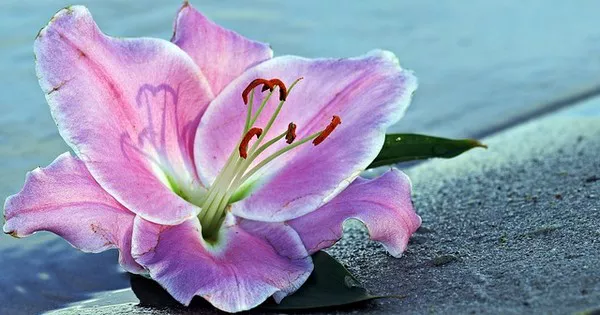Lilies, with their enchanting beauty and captivating fragrance, have long been cherished in gardens and floral arrangements. The Lily family, scientifically known as Liliaceae, encompasses a wide variety of species and hybrids, each possessing unique characteristics and charm. In this comprehensive guide, we will delve into the fascinating world of lily flowers, exploring the different types that grace gardens and bouquets around the world.
Asiatic Lilies
Asiatic lilies (Lilium asiatica) are renowned for their vibrant and bold colors. These lilies, originating from Asia, are among the earliest to bloom in the spring or early summer. With a wide range of hues, including red, orange, yellow, and pink, Asiatic lilies add a burst of color to any garden. The flowers typically have a recurved petal form and lack the fragrance commonly associated with other lily types, making them an ideal choice for individuals sensitive to strong scents.
Oriental Lilies
In stark contrast to Asiatic lilies, Oriental lilies (Lilium orientalis) are celebrated for their intoxicating fragrance and large, showy blooms. Originating from Japan, these lilies typically bloom in mid to late summer. The flowers are known for their wide range of colors, from pure white to deep burgundy, often adorned with captivating spots and brushstrokes. Oriental lilies are a favorite choice for floral arrangements, as their elegant appearance and sweet fragrance make them stand out.
Trumpet Lilies
Trumpet lilies (Lilium longiflorum) are recognized for their trumpet-shaped flowers that gracefully arch backward. These lilies, also known as Easter lilies, are native to Japan and have pure white, waxy blooms. With their impressive height and elegant appearance, trumpet lilies are often chosen as focal points in garden landscapes. Their fragrance is sweet and alluring, making them a popular choice for special occasions and religious ceremonies.
Daylilies
Unlike true lilies, daylilies (Hemerocallis) belong to a different botanical family. Known for their resilience and adaptability, daylilies are available in a plethora of colors and forms. These perennials earned their name because each flower lasts only one day. However, multiple blooms appear in succession, providing a prolonged display of color throughout the summer. Daylilies are a favorite among gardeners for their low maintenance and ability to thrive in various climates.
Martagon Lilies
Martagon lilies (Lilium martagon) are characterized by their unique turk’s cap shape, with petals that curve backward, resembling a Turk’s cap. Native to Europe and Asia, these lilies have a distinctive appearance and typically bloom in late spring to early summer. Martagon lilies are available in various colors, including shades of pink, purple, and white. Their elegant form and ability to thrive in partial shade make them a valuable addition to woodland gardens.
Tiger Lilies
Tiger lilies (Lilium lancifolium) are named for their striking orange color and dark spots, reminiscent of a tiger’s coat. Native to Asia, these lilies bloom in mid to late summer and are easily recognizable by their recurved petals and prominent stamens. Tiger lilies are a favorite for adding a touch of the exotic to garden landscapes. While the classic orange variety is most common, there are also variants with red or yellow hues.
Turk’s Cap Lilies
Turk’s Cap lilies (Lilium superbum) are native to North America and are known for their unique, drooping flowers with recurved petals. These lilies typically bloom in mid to late summer and can reach impressive heights. The flowers come in shades of orange, red, or yellow and are adorned with dark spots. Turk’s Cap lilies are well-suited to naturalized settings and are appreciated for their ability to attract pollinators to the garden.
See Also What Are The Types Of Non Flowering Plants
Conclusion
In the world of lilies, diversity reigns supreme, offering a multitude of options for gardeners and flower enthusiasts alike. From the vibrant hues of Asiatic lilies to the fragrant elegance of Oriental lilies, each type brings its own unique charm to the botanical tapestry. Whether adorning gardens, bouquets, or religious ceremonies, lilies continue to captivate with their beauty and versatility. As you explore the different types of lilies, you embark on a journey through a world of colors, fragrances, and forms, discovering the endless possibilities that these enchanting flowers have to offer.


